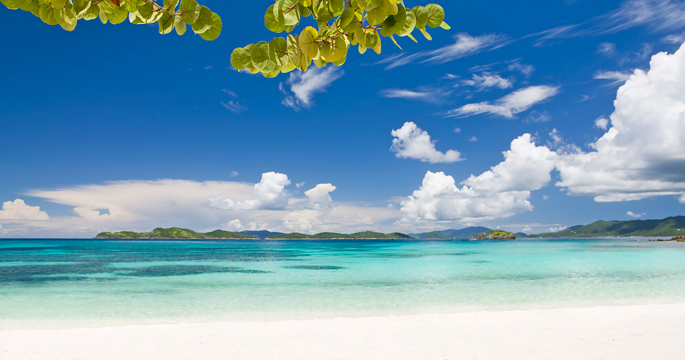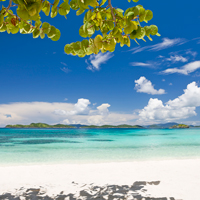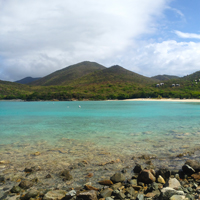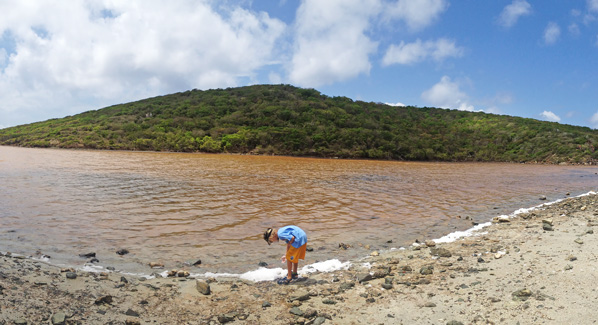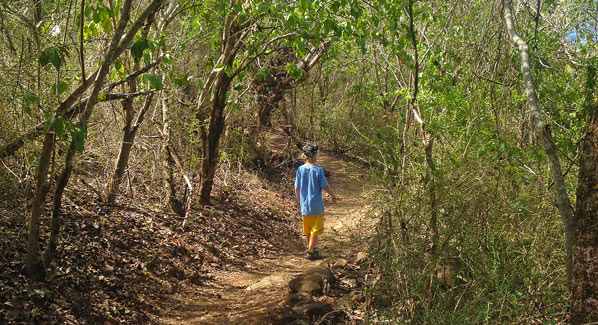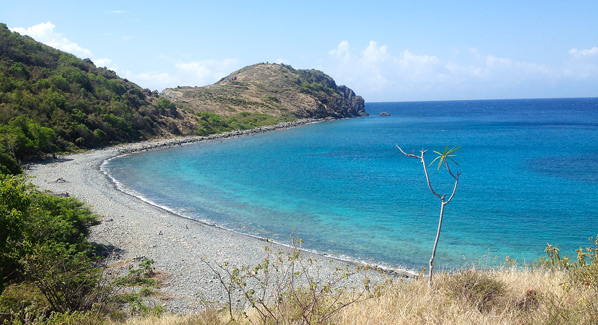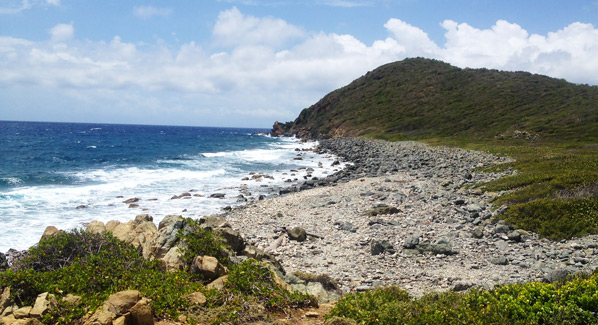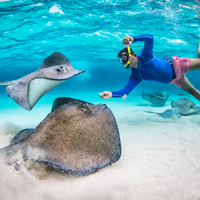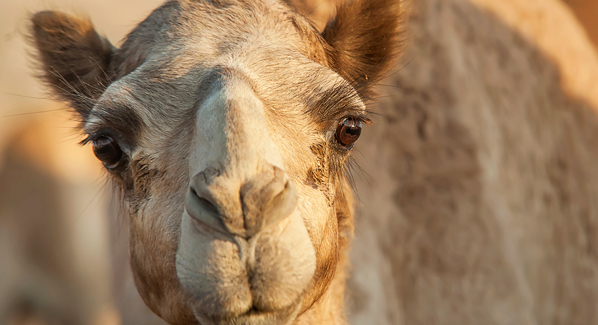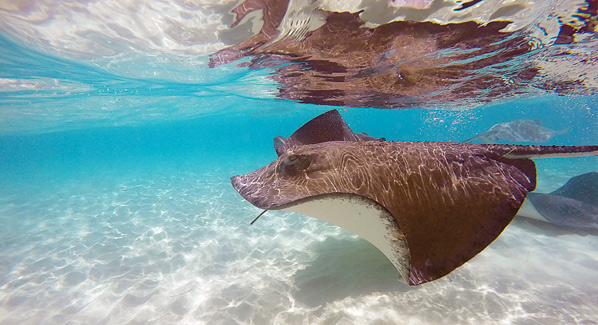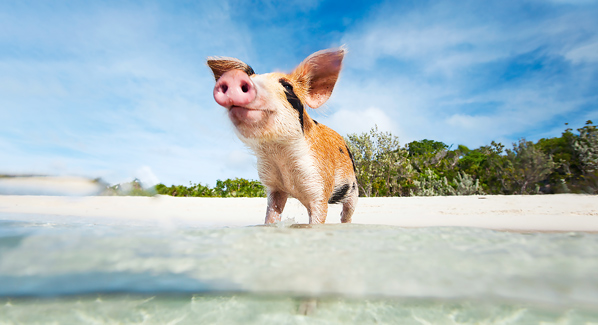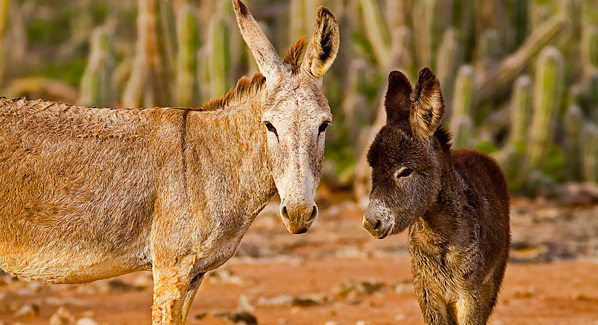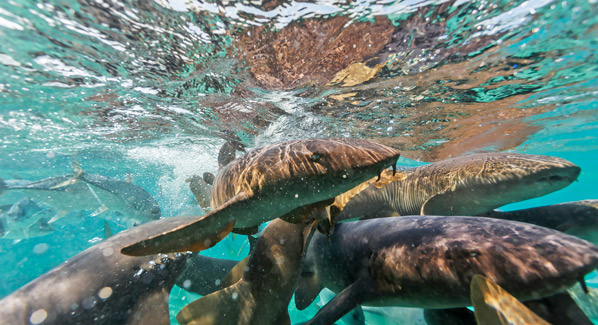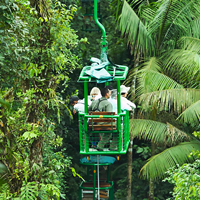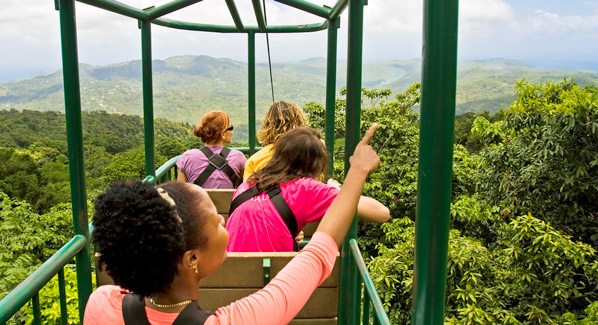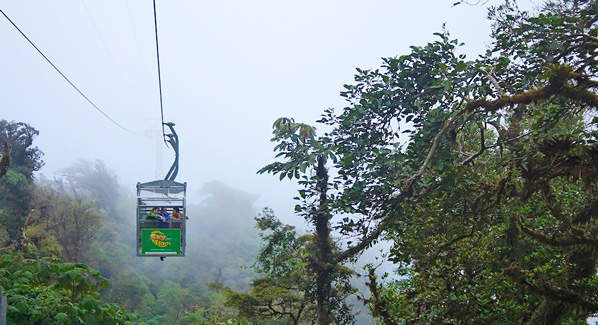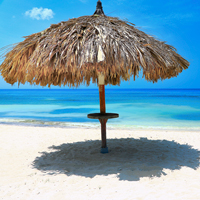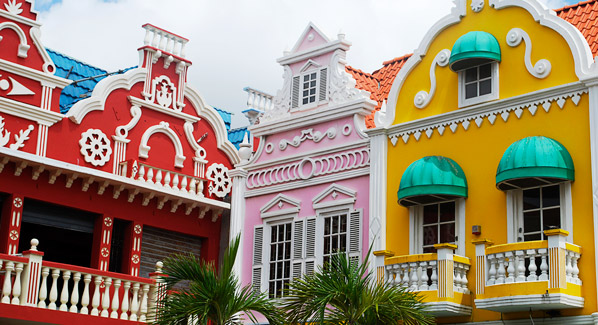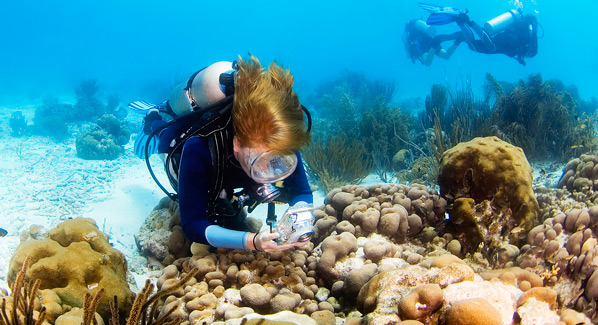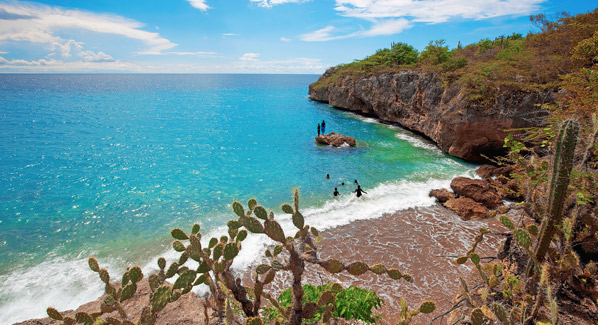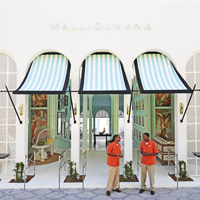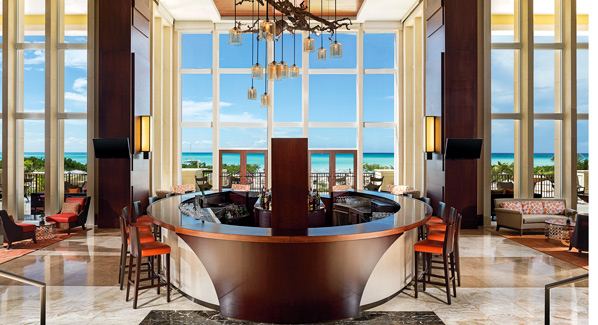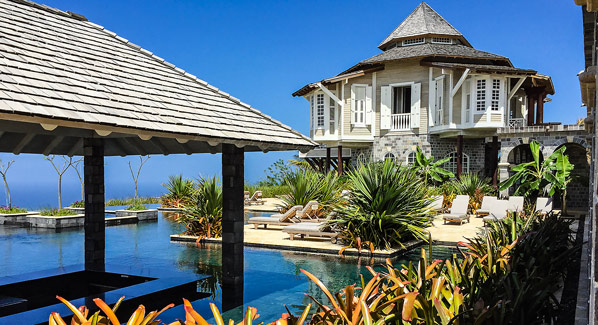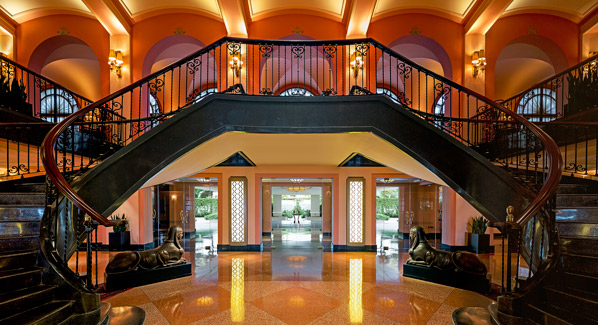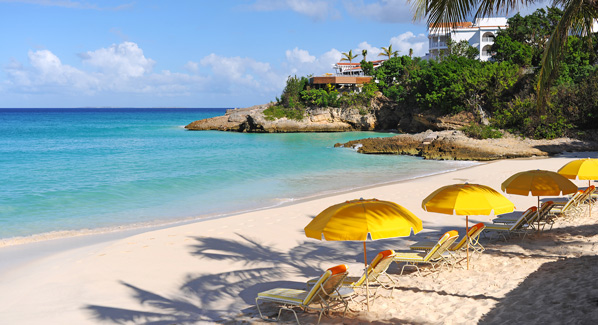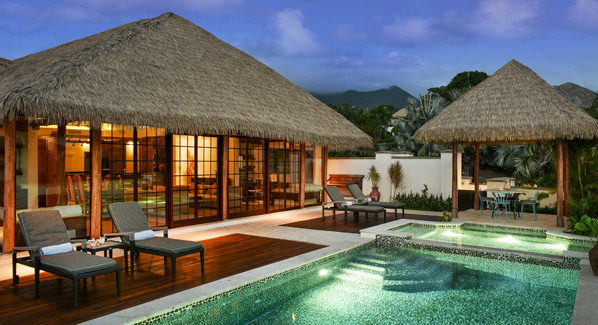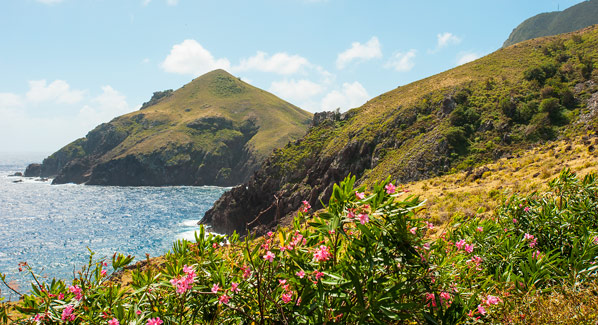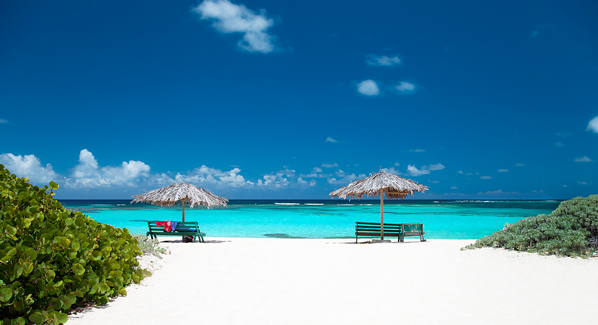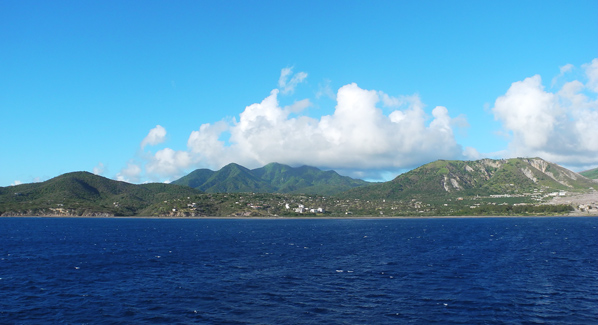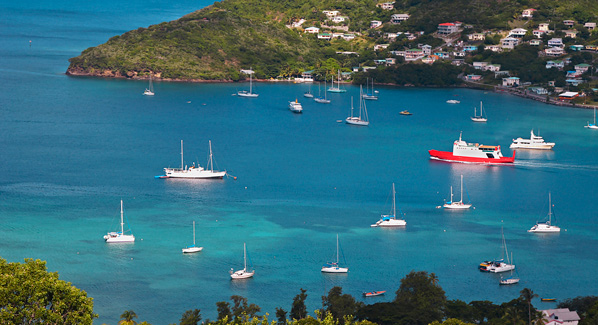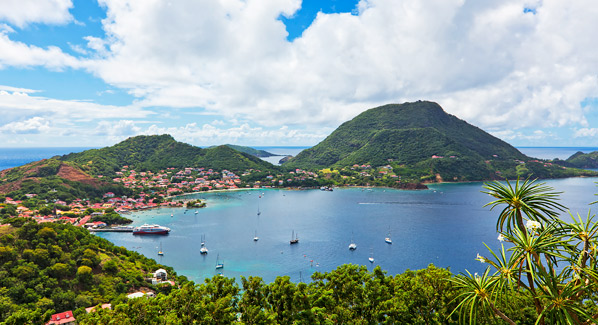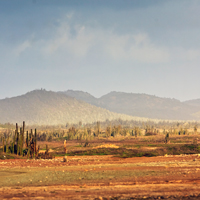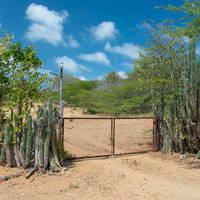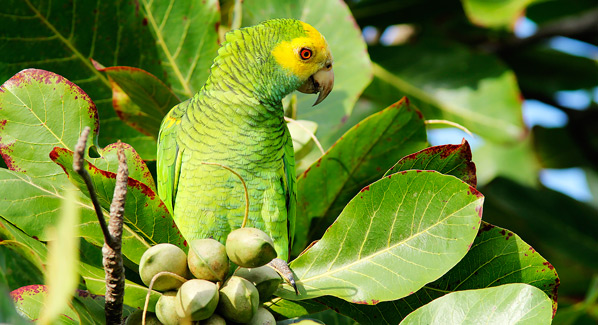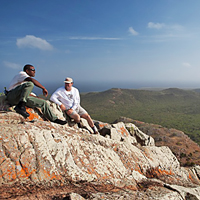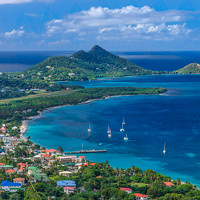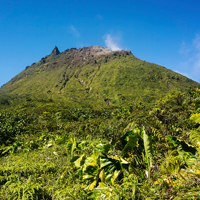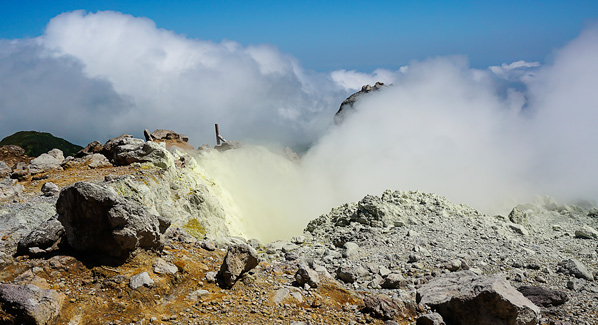Clear tropical waters beg for exploration with mask and snorkel. Sure, you could sign up for a boat trip, but at these favorite St. Thomas beach resorts, immersing yourself in a world of Technicolor reefs and tropical fish is as easy as wading in.
Sapphire Beach Resort
This condominium resort is located directly on one of the island’s best white-sand beaches, with a coral reef that’s just a short swim from shore. Here, clear waters showcase an underwater landscape filled with tropical fish, stingrays and conch. More adventurous snorkelers can continue out to explore the rocky shoals surrounding Pretty Klip point, or search the bay’s sea grass beds for turtles. The on-site water sports center can provide snorkel equipment and advice, or arrange boat excursions to more distant snorkeling sites.
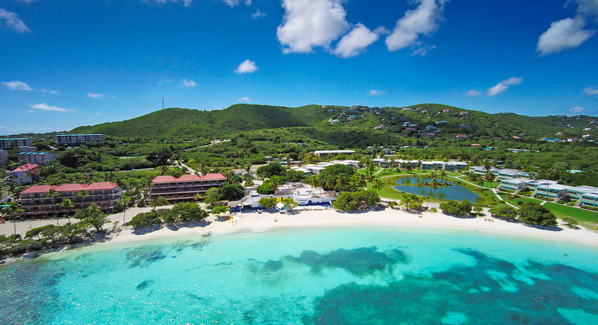
Guests at the Sapphire Beach Resort enjoy easy access to one of the best snorkeling beaches in the Virgin Islands. Photo: Christian Wheatley/iStock
The resort’s home-style accommodations include private balconies, and full kitchens with large living areas. All units have air conditioning, safes, cable TV, ceiling fans and phones. Sapphire Beach Resort is just outside the town of Red Hook, which is the jumping off point for ferry service to St. John and the British Virgin Islands.
Secret Harbour Beach Resort
The west-facing beach at Secret Harbour provides a cove sheltered from trade wind swells. As a result, the calm waters just off the palm-shrouded beach are ideal for youngsters and those new to snorkeling, as well as activities such as standup paddle boarding. For more fish life, guests can fin out to the rocks beyond the right-hand end of the beach, where parrotfish glide through a submerged boulder field.
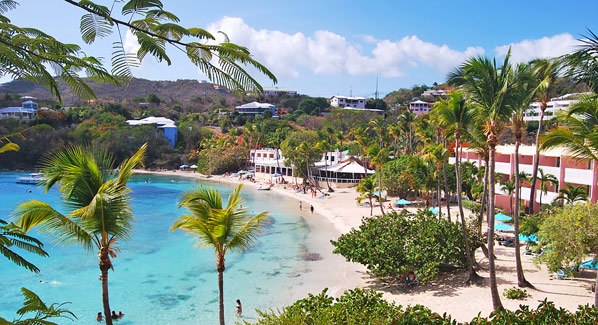
The protected cove at Secret Harbour Beach Resort is an ideal place for children and novices to hone their snorkeling skills. Secret Harbour
The property blends the comforts of spacious condominium accommodations with a full range of resort amenities that includes a water sports center, spa, tennis and fitness centers, full-time concierge service and two on-site restaurants. Each studio, one or two-bedroom unit incorporates ocean-view patios or balconies, indoor/outdoor dining and a fully equipped kitchen.
Dreams Sugar Bay
One of St. Thomas’ favorite resorts is now part of the Dreams family of all- inclusive properties. Here, a collection of luxury rooms and suites are perched on a bluff overlooking the emerald and sapphire shallows of Water Bay. Guests can see snorkeling reefs from balconies, and it’s a short walk down to the private beach, where snorkelers are greeted by gregarious tropical fish such as yellowtail snapper. A short swim towards the right side of the bay leads to rock piles that host a collection of corals and sea fans where parrotfish, blue tangs and trumpet fish lurk.
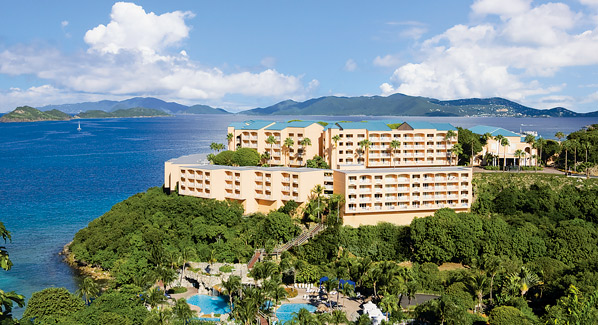
Guests at Dreams Sugar Beach enjoy fantastic water views. A private beach provides snorkelers with easy access to a lively coral reef. Photo: Dreams
Dreams is a family-friendly property offering a wide range of activities for all age ranges, seven on-site restaurants, nightly entertainment and numerous additional all-inclusive amenities.
Bolongo Bay Beach Resort
With beachside hammocks strung between palm trees, all just steps from your room, you might be tempted to remain ashore and just chill. But the waters of Bolongo Bay are certainly worth viewing through mask and snorkel, and one need not swim far from shore to start seeing fish. The entire bay is sheltered from north and east swells, and the right of the Bay is especially calm, and features a collection of boulders that attracts a variety of marine life.
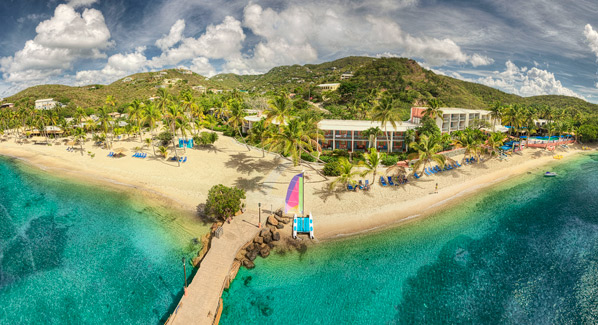
Bolongo Bay overlooks a calm bay that is ideal for a wide range of water sports. The best snorkeling is just a short swim from the beach. Photo: Bolongo Bay
This family-owned resort was the island’s original all-inclusive property, and it has remained a favorite for four decades. In addition to snorkeling, guests have access to standup paddleboards, kayaks and other water sports equipment, along with daily snorkel and dive excursions to area sites. The resort includes three pools, three on-site restaurants, a lively beach bar and some of the island’s best live entertainment.

